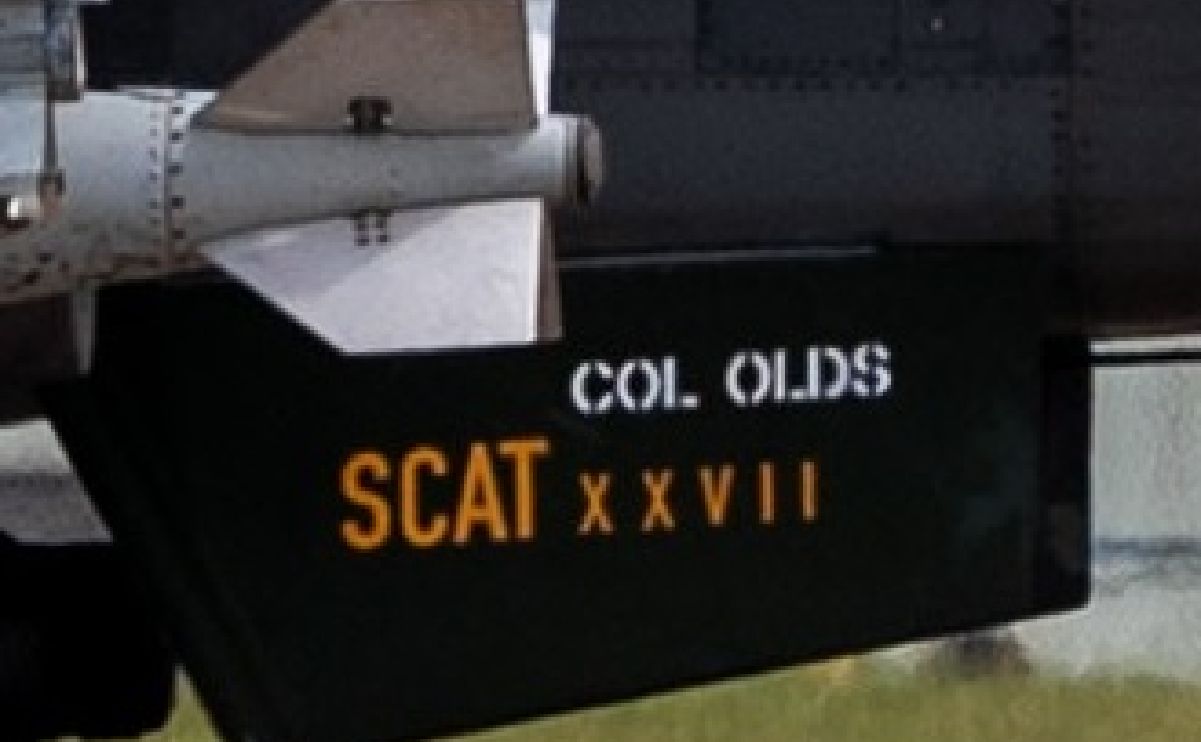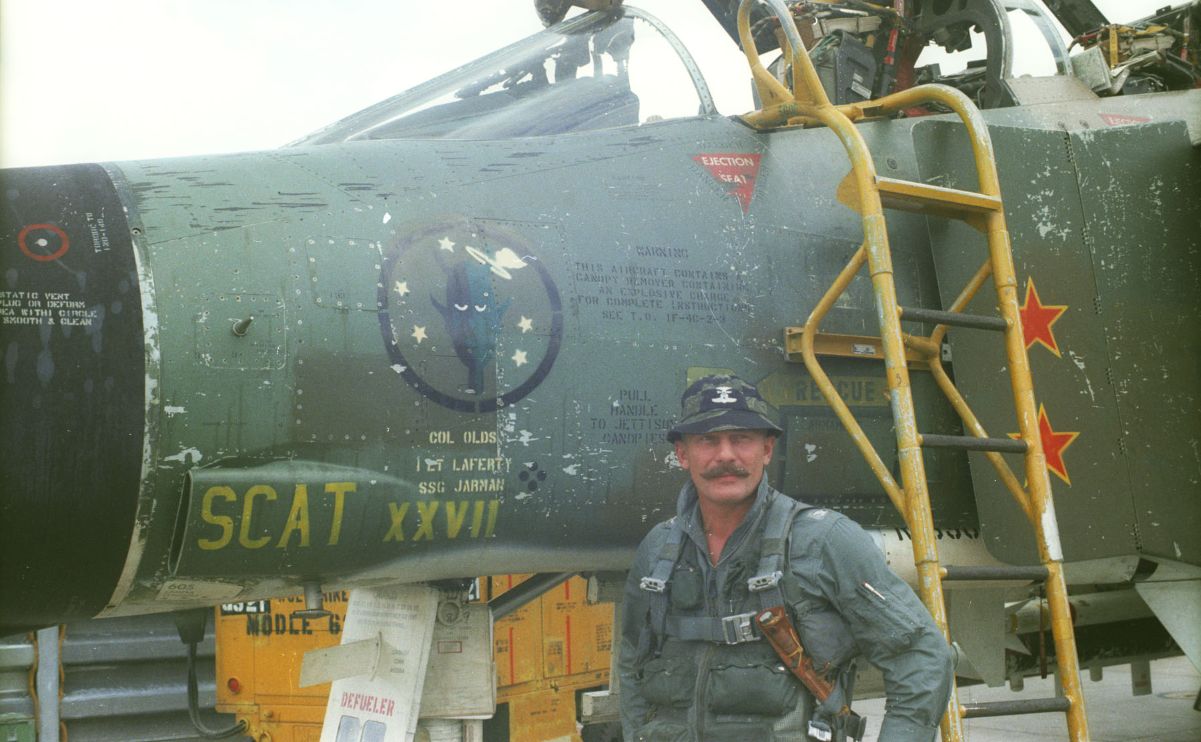F-16 honoring Robin Olds
This post has an intriguing photo that was taken on September 17, 2023, at Kunsan Air Base, Republic of Korea. It shows an F-16C Fighting Falcon 89-2060 assigned to the 8th Fighter Wing taxiing across the runway during Beverly Pack 23-3. 8th FW F-16s at Kunsan AB start regular operations after five months of runway reconstruction. This includes routine training like Beverly Pack 23-3, which focuses on strengthening the wing’s rapid response capabilities.
The F-16 has a unique tail flash to honor Colonel Robin Olds’ F-4C Phantom II 64-0829, shown in the photo.

“Tail flashes are [part of the] unit pride and heritage all across the Air Force,” explained Shaun Chauta, 8th MXS director of operations, in the article That’s so Metal; Corrosion Wraps Fourth and Final Flash by Staff Sgt. Gabrielle Spalding, 8th Fighter Wing Public Affairs, appeared last year on DVIDS. “It helps the maintainers, who repair these aircraft, as well as the pilots who fly them, connect with their heritage and show pride in their unit. It’s a way to link our current aircraft to previous generations of aircraft, pilots, and warfighters.”
F-16 89-2060
F-16C 89-2060 was delivered to the US Air Force (USAF) in late 1990, serving the 68th TFS. After joining the 35th Fighter Squadron (FS) in 2001, 89-2060 received a unique paint scheme in 2021 in remembrance of the triple ace Robin Olds, who led the previous 8th FW and helped shape the unit into the disciplined and respected unit it is today.

Robin Olds and SCAT XXVII
In addition to the tail flash, the Viper’s ventral fins display the words “SCAT XXVII.” When Olds flew his own F-4C with the 555th Tactical Fighter Squadron, he called it SCAT XXVII. The US Air Force National Museum has this aircraft on exhibit. Olds named all of his aircraft after his roommate at West Point, Scat Davis, who could not become a military pilot due to poor eyesight.
On May 20, 1967, Flying 64-0829 Olds along with the weapons system officer, Lt. Stephen Croker, shot down two North Vietnamese MiG-17s in one day.

The Wolf Pack
As part of the 8th FW, the 35th FS arrived in Kunsan AB, South Korea, in 1972. With the arrival of the first F-16s in 1981, the squadron was now equipped with F-4 Phantom II aircraft. The first units outside of the United States to transition to the F-16 Fighting Falcon were the 35th Tactical Fighter Squadron (TFS) and its sister squadron, the 80th TFS. On January 31, 1992, the Air Force underwent a reorganization that resulted in the removal of the term “tactical” from its unit names.
The 35th Fighter Squadron got its first Block 40 F-16s on November 17, 2000. The aircraft are equipped with LANTIRN (Low-Altitude Navigation and Targeting Infrared for Night) pods. The combination of LANTIRN and night-vision goggles allows the Wolf Pack to take the fight into the night. The conversion was finished by the 35th in February 2001.
The “Pantons” of the 35th FS provide combat-ready F-16 C/D fighter aircraft to conduct air operations throughout the Pacific theater as tasked by United States and coalition combatant commanders. The squadron carries out force application, air and space control, counterair, strategic attack, interdiction, and close-air support missions. It uses the most recent, cutting-edge precision weapons in any weather condition, day or night.
Photo by Staff Sgt. Samuel Earick / U.S. Air Force

